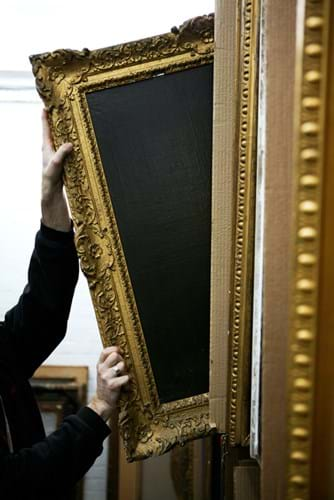
The Law Commission, the government’s legal review body, had planned to introduce the Goods Mortgages Act next year, which would simplify the current antiquated law.
Law commissioner Stephen Lewis described the scrapping of the planned reform as “disappointing”.
Tim Maxwell, partner at law firm Boodle Hatfield, said: “We are disappointed in the government’s decision to shelve these plans as this continues to leave the London art market out of step with some of its main competitors.
“The Goods Mortgage Bill would have kick-started the UK art-lending market.”
The value of loans generated against artworks is estimated to be between US$17-20bn with a significant part of that business taking place in the US.
Legal framework
This is in part due to the US art-based lending market benefiting from a more advantageous legal framework. The Uniform Commercial Code allows borrowers to keep possession of the artworks while the loan is still outstanding.
Art lenders in the UK had hoped the Goods Mortgages Act would have gone some way to open the UK market up as it would have allowed individuals to raise money from art works and high value assets.
Maxwell said: “There is no mainstream way to raise money against unusual assets in the UK, with asset owners having to give up possession of their assets or rely on outdated Victorian legislation if they want to keep them. Raising money through artworks or an expensive classic car would typically require the asset being handed over to the lender, who is then responsible for its security, maintenance and safety.”





